Introduction: Embracing Satin’s Timeless Elegance
Satin fabric has long been synonymous with luxury and sophistication, captivating fashion enthusiasts and interior decorators alike with its smooth, glossy texture and elegant drape. Originating from ancient silk-weaving traditions, satin’s allure has endured through centuries, evolving from exclusive royal attire to a versatile material used in everything from evening gowns and lingerie to bedding and upholstery. Its timeless appeal lies not only in its aesthetic qualities but also in its practical versatility, making it a staple in both high fashion and everyday luxury.
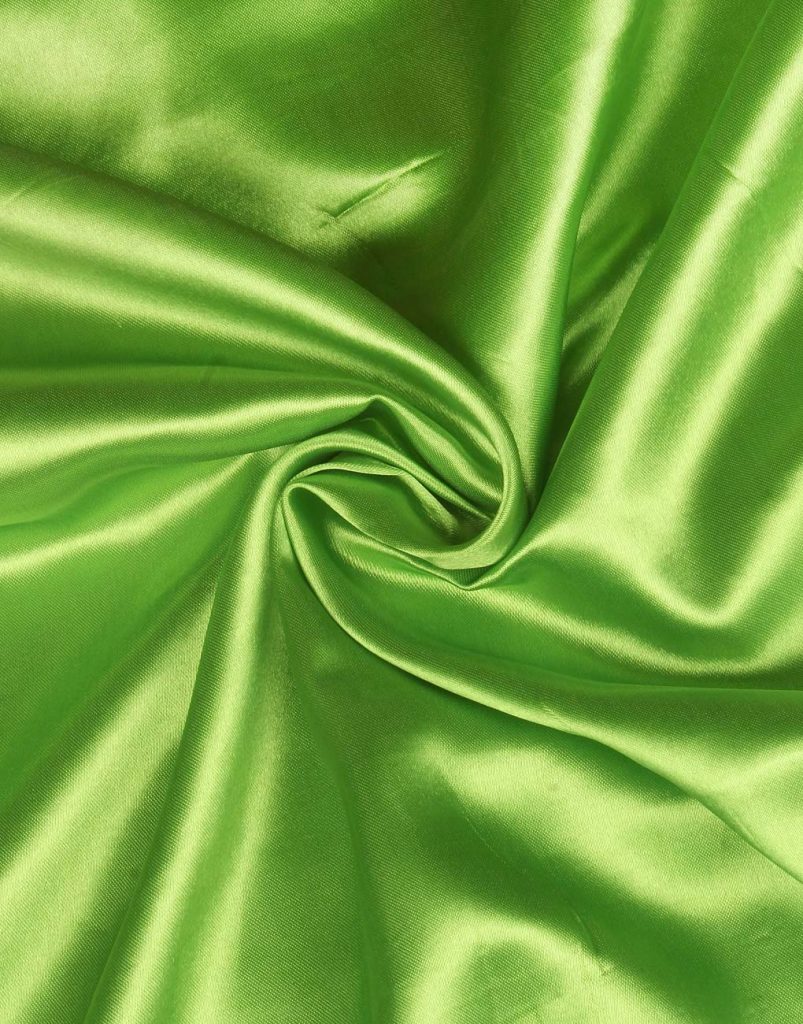
A Brief History: From Silk Weaving to Modern Elegance
The history of satin dates back to ancient China, where skilled weavers first crafted the fabric using silk threads, creating a lustrous surface achieved through a unique weaving technique. Over time, satin production spread to other regions such as India and Europe, each adding their own cultural influences to the fabric’s development. In medieval Europe, satin became a symbol of wealth and nobility, favored for its sheen and softness. With the advent of industrialization, satin production expanded, utilizing both silk and synthetic fibers to meet growing demand while maintaining its reputation for opulence.
Characteristics and Composition: Unveiling Satin’s Distinctive Qualities
What distinguishes satin from other fabrics lies in its weave structure rather than the fibers used. Traditionally, satin is woven using a technique that allows the threads to float over the surface, creating a glossy front and a dull back. This weaving method, known as the satin weave, enhances the fabric’s smooth texture and luminous appearance, making it ideal for garments and accessories that require a touch of elegance. Satin can be made from natural fibers like silk or synthetic materials such as polyester, each offering unique properties that cater to different preferences for feel, durability, and care requirements.
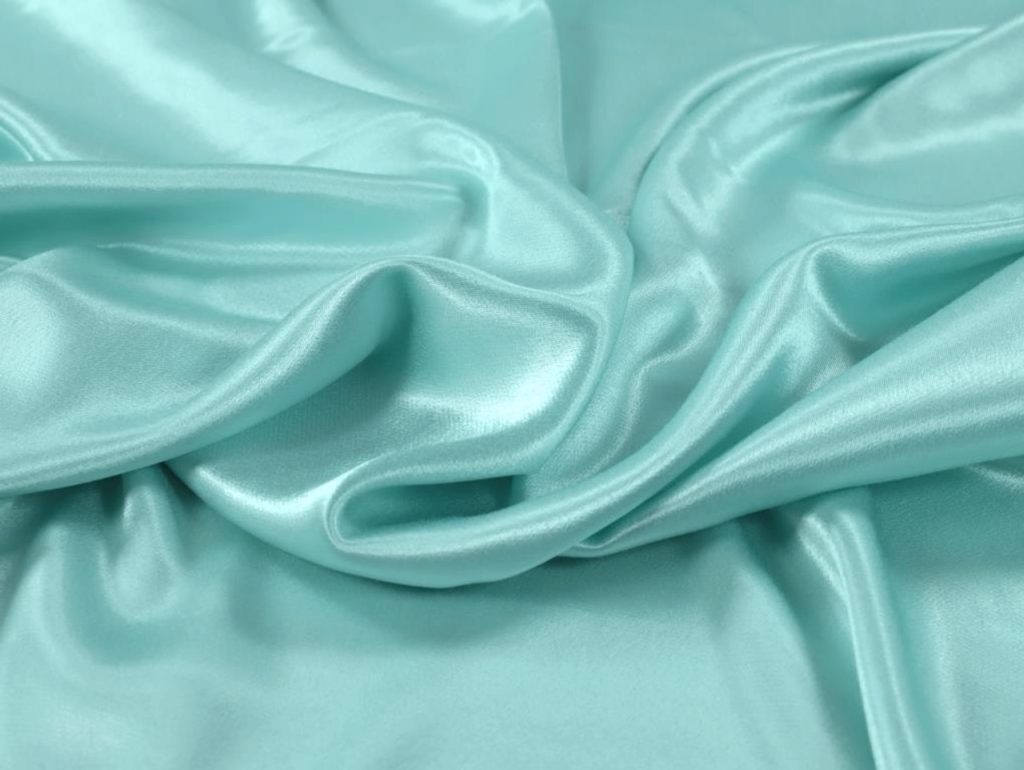
Versatility in Fashion: From Runway Glamour to Everyday Chic
In the world of fashion, satin’s versatility transcends seasons and trends, earning its place as a coveted choice for designers and consumers alike. Its inherent luster and fluidity lend themselves beautifully to formal attire, including evening gowns, cocktail dresses, and bridal wear. Satin’s ability to drape gracefully around the body accentuates feminine silhouettes, making it a preferred fabric for garments that demand both elegance and comfort. Beyond special occasions, satin blouses, skirts, and even tailored suits bring a touch of understated luxury to everyday wardrobes, effortlessly elevating casual ensembles with a hint of sophistication.
The Appeal of Satin in Lingerie and Nightwear: Sensual Comfort and Style
Satin’s tactile allure extends beyond outerwear to intimate apparel, where its smooth, sensuous feel against the skin enhances the wearer’s comfort and confidence. Satin lingerie sets, robes, and nightgowns are cherished for their ability to evoke a sense of luxury and romance, making them popular choices for bridal trousseaus and romantic occasions. The fabric’s softness and breathability contribute to a comfortable wearing experience, while its ability to reflect light enhances its visual appeal, creating an alluring silhouette that flatters a range of body types. Whether adorned with lace trimmings or delicate embroidery, satin lingerie remains a timeless indulgence in the realm of personal elegance.
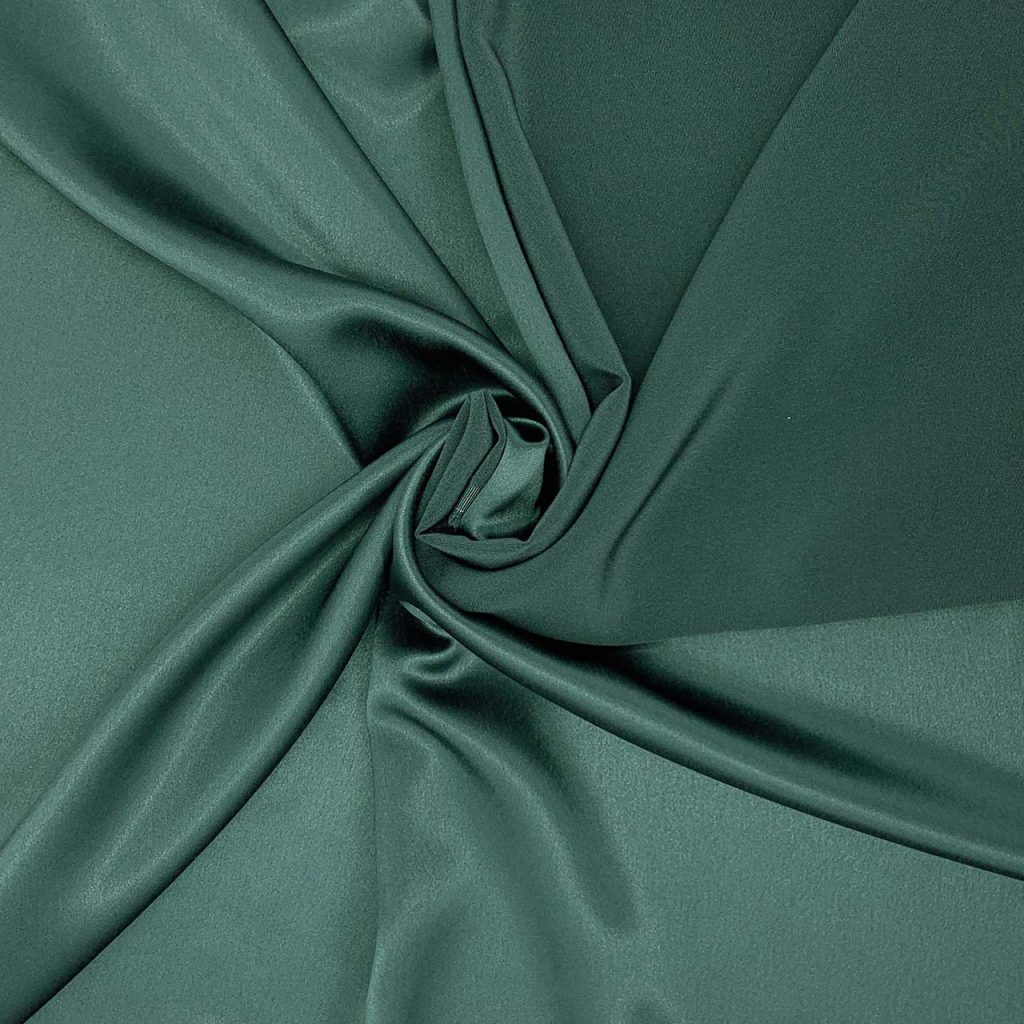
Satin in Home Décor: Elevating Spaces with Opulent Texture
Beyond fashion, satin’s opulent texture lends itself to enhancing interior spaces, infusing homes with a touch of refined luxury. Satin curtains and draperies not only add an air of sophistication to living rooms and bedrooms but also play with light, creating an ambiance that is both elegant and inviting. Satin upholstery fabric, whether used on sofas, armchairs, or decorative cushions, brings a plushness and sheen that can transform a room’s aesthetic from ordinary to extraordinary. Bedding made from satin offers a tactile indulgence, providing a smooth, cool surface that promotes comfort and relaxation while adding a touch of glamour to the bedroom environment.
Care and Maintenance: Preserving Satin’s Beauty Over Time
While satin’s allure is undeniable, maintaining its pristine appearance requires proper care and handling. Due to its delicate nature, satin garments and fabrics should be treated with care to avoid snags, tears, or loss of luster. Depending on the fiber content, satin may require different cleaning methods: silk satin typically necessitates dry cleaning or hand washing to preserve its sheen and integrity, while polyester satin may withstand machine washing on a gentle cycle. Storing satin items in a cool, dry place away from direct sunlight helps prevent fading and discoloration, ensuring that they retain their luxurious appeal for years to come.
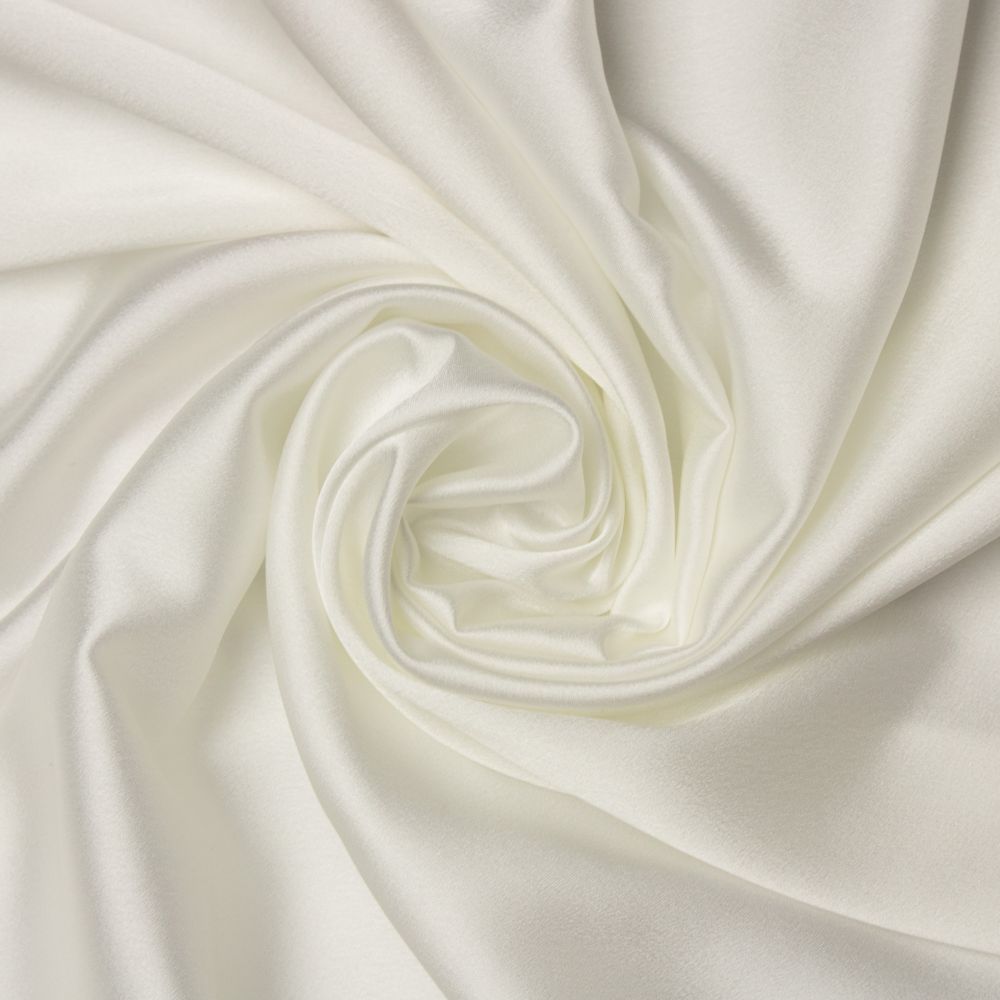
Sustainability Considerations: Balancing Beauty with Environmental Impact
In an era increasingly focused on sustainability, the production and consumption of satin fabrics raise important considerations regarding environmental impact. While silk satin is a natural fiber with biodegradable properties, its production involves resource-intensive processes such as silk farming and dyeing. Alternatively, synthetic satin made from polyester offers durability and affordability but raises concerns related to petroleum-based manufacturing and microfiber pollution. Innovations in eco-friendly textiles, including organic silk and recycled polyester, aim to mitigate these challenges by offering sustainable alternatives that prioritize both beauty and environmental responsibility.
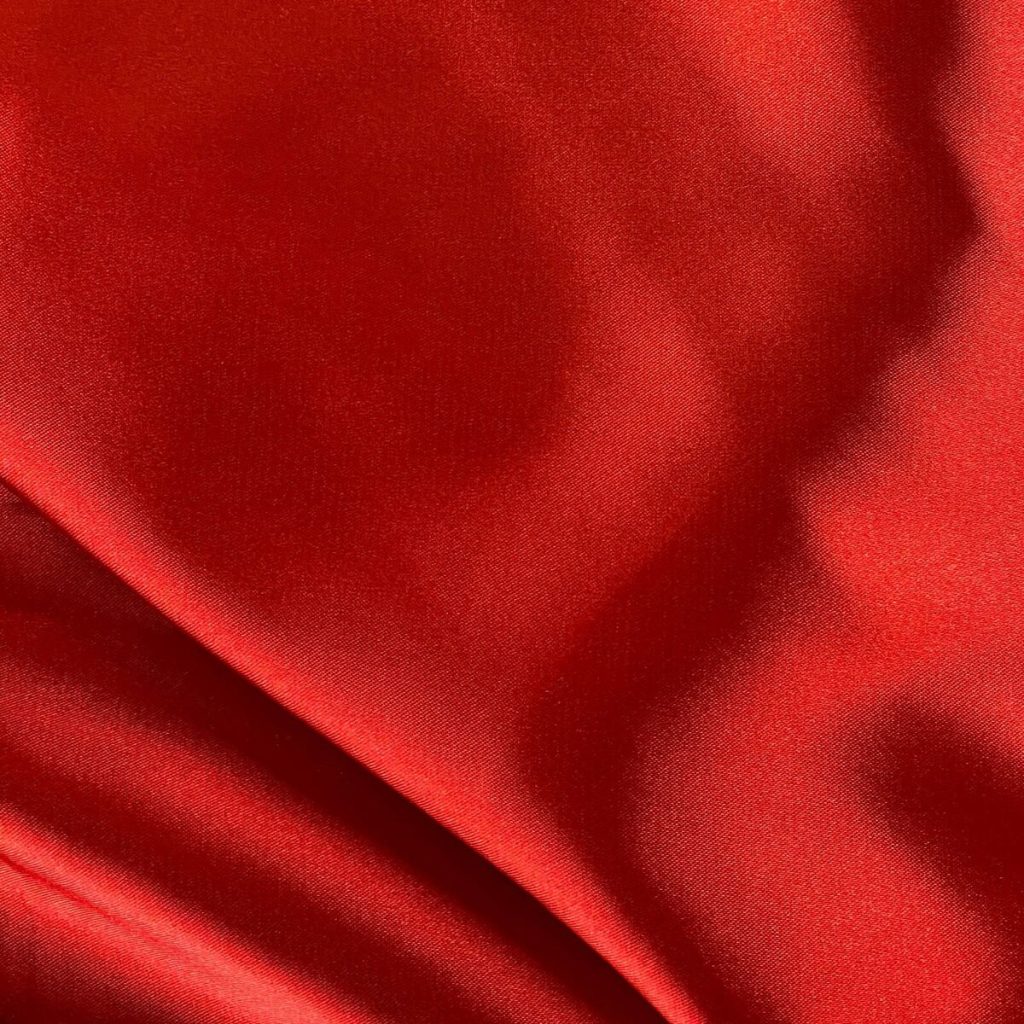
Care and Maintenance of Satin Fabric
To preserve satin fabric’s beauty over time, consider the following care tips:
- Cleaning Methods:
- Silk Satin: Silk satin is delicate and typically requires gentle cleaning methods to maintain its sheen and integrity. Dry cleaning is often recommended to avoid damage caused by water and agitation. Alternatively, hand washing in cold water with a mild detergent can be suitable, followed by air drying away from direct sunlight.
- Polyester Satin: Polyester satin is more durable and can often withstand machine washing on a gentle cycle with cold water. Use a mild detergent and avoid mixing with rough fabrics that could cause snags. Air drying is preferable to machine drying to prevent heat damage.
Conclusion: Embracing Satin’s Enduring Allure
In conclusion, satin fabric continues to captivate with its timeless elegance, versatility, and luxurious appeal across fashion, home décor, and personal accessories. From its origins in ancient silk weaving traditions to its modern interpretations in haute couture and everyday essentials, satin remains a symbol of refined taste and understated glamour. Whether adorning a couture gown, enhancing interior spaces, or providing sensual comfort in lingerie, satin’s smooth texture and luminous sheen embody a timeless allure that transcends fleeting trends. As we navigate the evolving landscape of fashion and lifestyle choices, satin fabric stands as a testament to enduring craftsmanship, exquisite quality, and the enduring appeal of timeless elegance.







